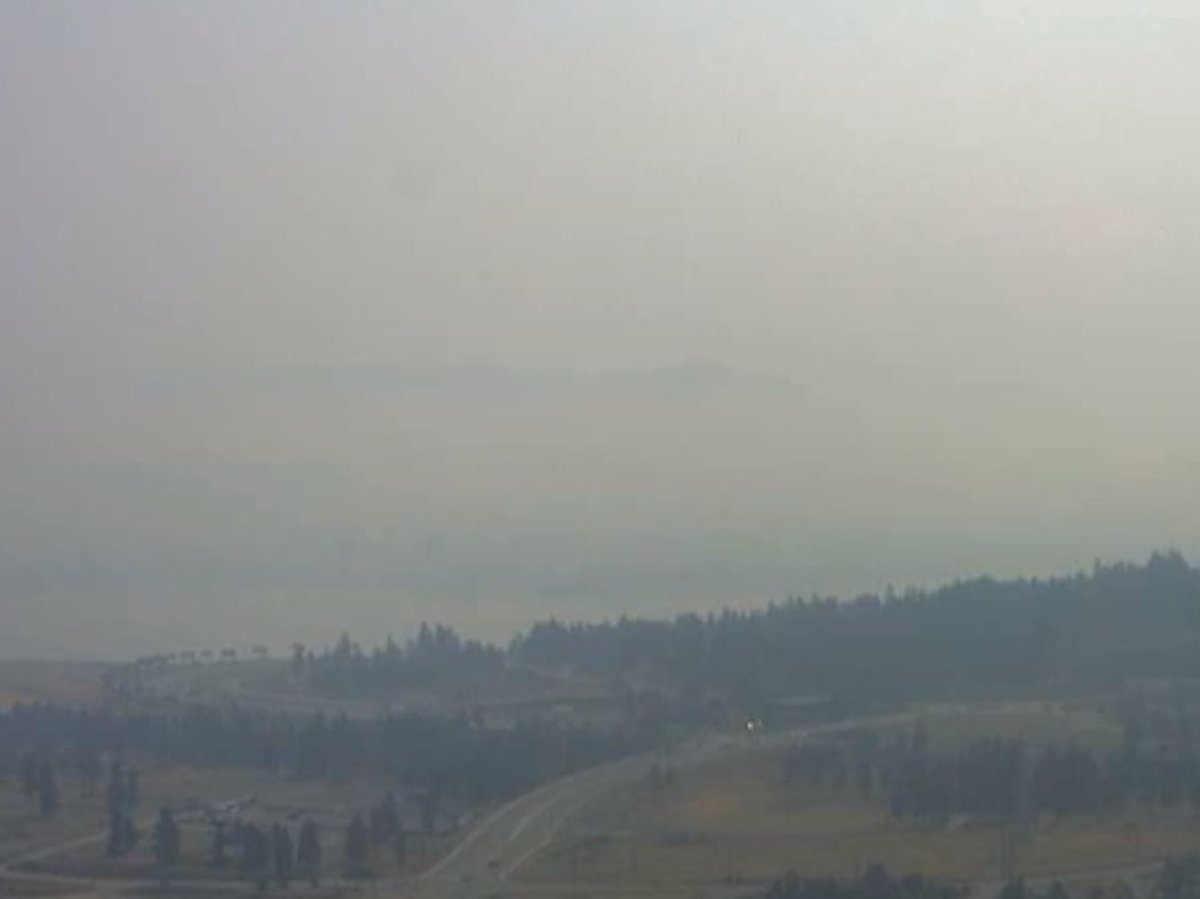With temperatures rising in B.C.’s Southern Interior, Interior Health issued a reminder on Wednesday morning about the increase for potential heat-related illnesses.

Environment Canada is forecasting sunny skies and daily highs of 30 to 35 C through to Saturday for the Okanagan, Shuswap, Similkameen and Boundary regions.
While those temperatures are nowhere near the record-shattering weather experienced earlier this summer, Interior Heath still warned that excessive heat exposure can lead to weakness, disorientation and exhaustion.
“In severe cases, it can also lead to heat stroke, also known as sunstroke,” said the health agency. “Heat stroke can be a life-threatening medical emergency.”
On Tuesday, Environment Canada issued a special weather statement for nearly every region in the Southern Interior, stating that a strengthening ridge of high pressure will boost daytime highs into the mid-30s.
The weather agency re-issued the same statement on Wednesday, adding “as temperature rises in the next few days, current indications are that the hottest weather is expected on Friday and Saturday for most regions.”
The national weather agency says the highest temperatures are expected to be in Fraser Canyon plus the Thompson, Okanagan and south Kootenay regions, noting widespread wildfire smoke may lower the forecast high temperatures in some locations.

To prevent potential health risks from extreme heat, Interior Health is advising:

Get weekly health news
- Those who don’t have air conditioning should find cooler indoor alternatives
- If you have AC and vulnerable members of your family do not, consider bringing them to your house.
- Sleep in the coolest room of the house.
- To cool down, sit in a cool or tepid bath to draw heat from the body into the water.
- Open windows and doors at night when outdoor temperatures fall.
- Seek out cooling centres that will be coordinated by municipalities.
- No one should be denied access to these centres because of concerns related to crowding or physical distancing.
- If people who wear masks are having difficulty breathing, they should remove the mask, whether they are indoors or outside.
As to who’s most at risk, Interior Health listed the groups below:
- Infants and young children.
- People who are under-housed.
- People 65 years or older, or anyone who needs assistance monitoring their wellbeing.
- People with heart problems and breathing difficulties.
- People who exercise or who work outside or in a hot environment.
Symptoms to watch for include:
- Pale, cool, moist skin
- Heavy sweating
- Muscle cramps
- Rash
- Swelling, especially hands and feet
- Fatigue and weakness
- Light-headedness and/or fainting
- Headache
- Nausea and/or vomiting

Interior Health says more severe symptoms – including high fever, hallucinations, seizures and unconsciousness – require urgent medical attention.
Interior Health also noted that COVID-19 vaccination clinics have plans in place to mitigate heat for those waiting for immunization appointments.








Comments